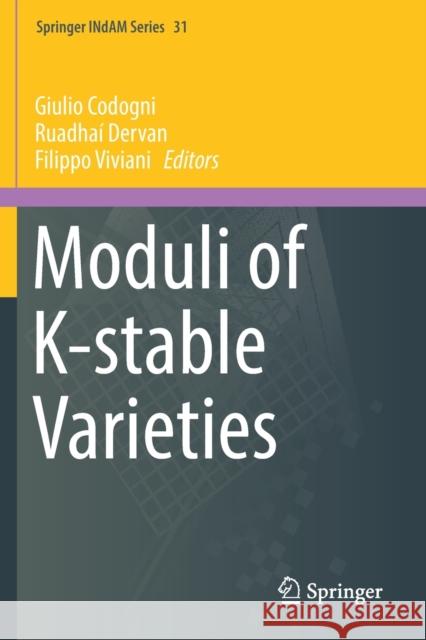Moduli of K-Stable Varieties » książka
topmenu
Moduli of K-Stable Varieties
ISBN-13: 9783030131609 / Angielski / Miękka / 2020 / 181 str.
Moduli of K-Stable Varieties
ISBN-13: 9783030131609 / Angielski / Miękka / 2020 / 181 str.
cena 563,56
(netto: 536,72 VAT: 5%)
Najniższa cena z 30 dni: 539,74
(netto: 536,72 VAT: 5%)
Najniższa cena z 30 dni: 539,74
Termin realizacji zamówienia:
ok. 22 dni roboczych
Dostawa w 2026 r.
ok. 22 dni roboczych
Dostawa w 2026 r.
Darmowa dostawa!
Kategorie:
Kategorie BISAC:
Wydawca:
Springer
Seria wydawnicza:
Język:
Angielski
ISBN-13:
9783030131609
Rok wydania:
2020
Wydanie:
2019
Numer serii:
000448067
Ilość stron:
181
Waga:
0.28 kg
Wymiary:
23.39 x 15.6 x 1.07
Oprawa:
Miękka
Wolumenów:
01
Dodatkowe informacje:
Wydanie ilustrowane











